Energy Efficiency Demand
The increasing emphasis on energy efficiency is a primary driver for the Linear Lighting Market. As energy costs continue to rise, consumers and businesses alike are seeking solutions that reduce energy consumption. Linear lighting systems, particularly those utilizing LED technology, offer significant energy savings compared to traditional lighting options. Reports indicate that LED linear lighting can consume up to 75% less energy, which not only lowers utility bills but also contributes to a reduced carbon footprint. This trend is further supported by government initiatives promoting energy-efficient technologies, which are likely to bolster the adoption of linear lighting solutions across various sectors, including commercial, residential, and industrial applications.
Sustainability Initiatives
Sustainability initiatives are becoming a driving force in the Linear Lighting Market. As environmental concerns gain prominence, both consumers and businesses are increasingly prioritizing sustainable lighting solutions. Linear lighting, especially LED options, aligns with these sustainability goals due to their long lifespan and reduced environmental impact. Many organizations are adopting green building practices, which often include the installation of energy-efficient lighting systems. This shift towards sustainability is likely to propel the demand for linear lighting solutions, as they contribute to achieving energy efficiency and reducing greenhouse gas emissions.
Technological Advancements
Technological advancements play a crucial role in shaping the Linear Lighting Market. Innovations in lighting technology, such as smart lighting systems and advanced control mechanisms, are enhancing the functionality and appeal of linear lighting solutions. The integration of IoT (Internet of Things) capabilities allows for remote monitoring and control, enabling users to optimize energy usage and customize lighting settings. Furthermore, the development of tunable white and color-changing linear lights caters to diverse consumer preferences and applications. As these technologies continue to evolve, they are expected to drive market growth by offering enhanced user experiences and operational efficiencies.
Regulatory Support and Incentives
Regulatory support and incentives are pivotal in shaping the Linear Lighting Market. Governments worldwide are implementing policies that encourage the adoption of energy-efficient lighting technologies. These regulations often include financial incentives, such as rebates and tax credits, for businesses and consumers who invest in energy-efficient lighting solutions. Such initiatives not only promote the use of linear lighting but also help to create a favorable market environment. As these regulations become more widespread, they are expected to stimulate growth in the linear lighting market, making it an attractive option for various applications.
Architectural and Interior Design Trends
The evolving trends in architectural and interior design significantly influence the Linear Lighting Market. Designers increasingly favor linear lighting for its versatility and ability to create visually appealing environments. This type of lighting can be seamlessly integrated into various architectural elements, enhancing the aesthetic appeal of spaces. The demand for linear lighting is particularly pronounced in commercial settings, where it is used to create dynamic and engaging atmospheres. Market data suggests that the commercial segment accounts for a substantial share of the linear lighting market, driven by the need for innovative lighting solutions that complement modern design philosophies.

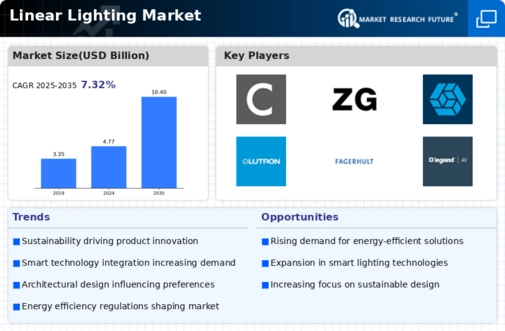
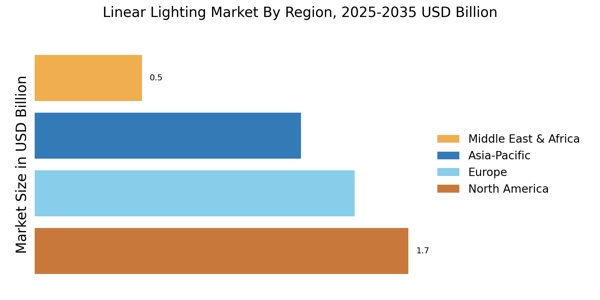
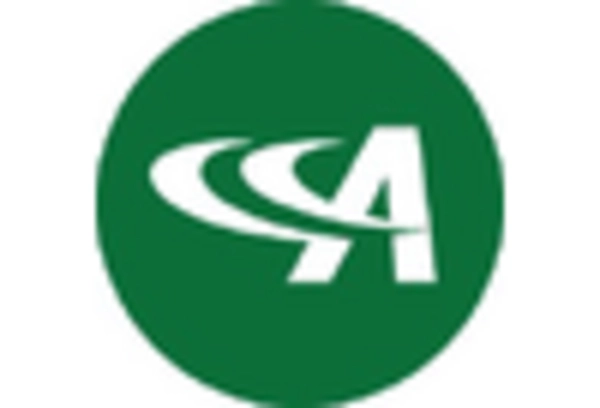
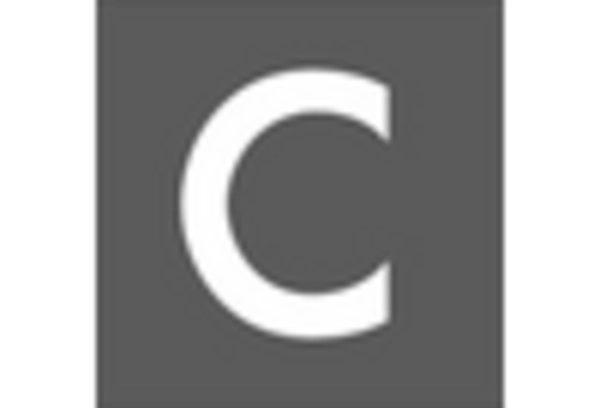
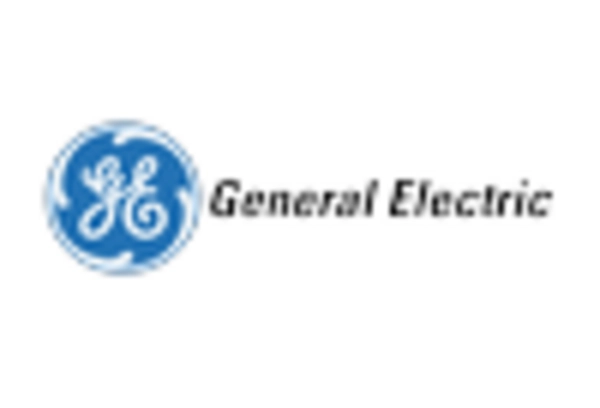
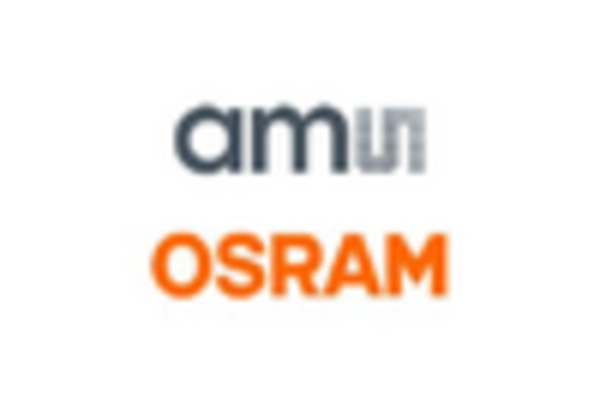
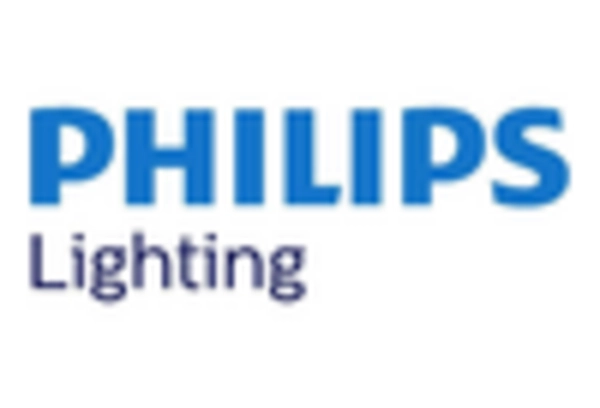









Leave a Comment